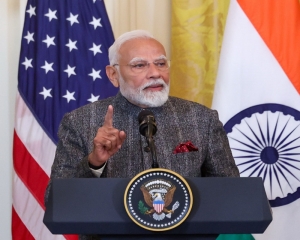The National Annual Status of Education Report (ASER), released on Tuesday, suggests that Madhya Pradesh's education system faced both significant progress and alarming setbacks in 2024.
The report consists of data on school enrollment, dropout rates, and proficiency levels for the year. While there have been improvements, the state continues to face critical challenges, particularly in dropout rates and gender disparities.
One of the most concerning findings is the high dropout rate in the 15-16 age group, where a staggering 14.3 percent of children remain out of school. This is in sharp contrast to the lowest dropout rate in the 7-10 age group, which is just 1.9 percent.
Gender disparities are also evident, with girls in the 15-16 age group facing a higher dropout rate than boys—15 percent of girls are not enrolled in school, compared to 11 percent of boys.
In terms of school enrollment, there has been a significant gender shift in the 11-14 age group, where the enrollment rate reaches 69.1 percent. This is largely due to a high enrollment of girls, who make up 72.5 percent of this group.
However, the gap between urban and rural areas remains. While 67 percent of children in rural areas attend government schools, only 58 percent of urban children are enrolled in government institutions, with the rest opting for private schools.
Despite improvements in non-enrollment rates since 2006, with a drop from 19 percent to 10 percent for boys and from 23 percent to 12 percent for girls, disparities remain. Early childhood education also reveals stark differences, with rural children relying more on Anganwadis, while urban children tend to attend private preschools.
The data also shows that 40 percent of students in Standard III are unable to perform basic arithmetic operations, and 30 percent cannot read basic words. This points to an ongoing struggle in foundational literacy and numeracy, with private school students consistently outperforming their government school counterparts.


























